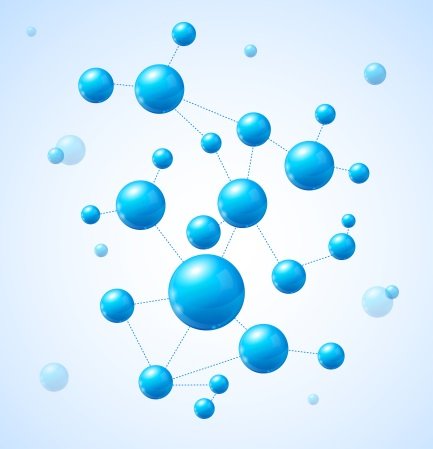
Theoretical analysis of how phosphorus PIN FRs effect aircraft carbon fibre – epoxy composites shows divergent conclusions. Two phosphorus PIN FRs were tested in carbon fibre high-temperature TGDDM epoxy (c. 33% fibre): a DOPO derivative* (16% loading) and a lab-synthesised organic P-N macromolecule DPO (7% loading). Loadings of the FRs were defined to achieve UL 94 V-0 (3 mm). Heat release was decreased lower with both PIN FRs (compared to neat carbon fibre epoxy), but smoke and carbon monoxide production were increased, in particular with DOPO-HQ. Analysing the different effects, using weightings based on subjective and objective factors, the authors conclude that DOP-HQ, in this case, increases the overall fire hazard of the carbon fibre composite, whereas the DPO P-N FR overall reduces the fire hazard. They suggest that this is related to the phosphorus oxidation state (+1 in DOPO-HQ, +3 in DPO) leading to a gas-phase effect (causing pyrolysis) with DOPO-HQ and solid-phase (charring) with DPO.
* DOPO-HQ = 10-(2,5-dihydroxyphenyl)-10-H-9-oxa-10-phosphaphenanthrene-10-oxide
“Quantitative assessment of whether phosphorus-based flame retardants are optimizing or degrading the fire hazard of aircraft carbon fiber/epoxy composites”, B. Zou et al., Composites Part B 279 (2024) 111413, https://doi.org/10.1016/j.compositesb.2024.111413